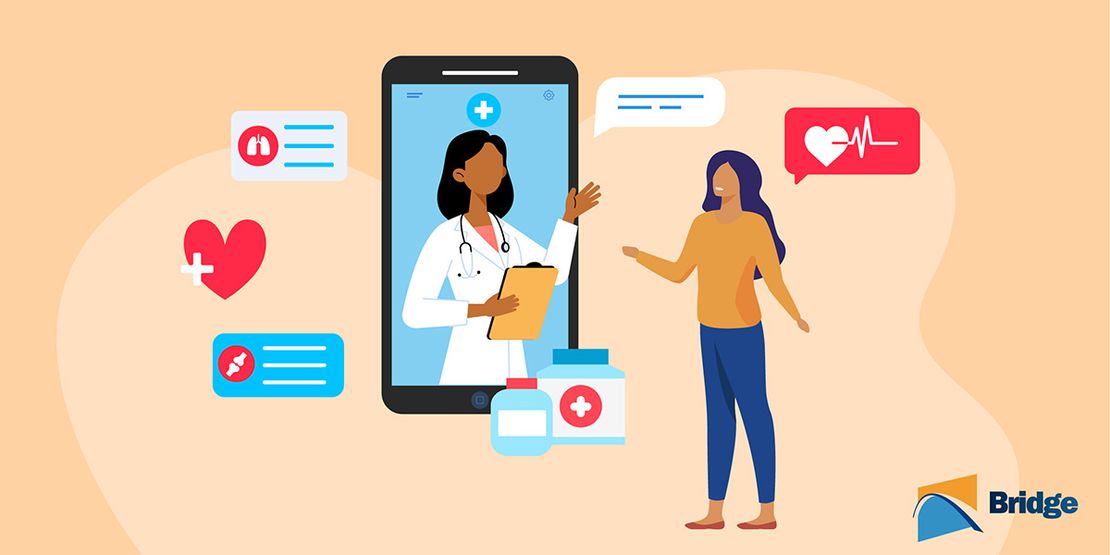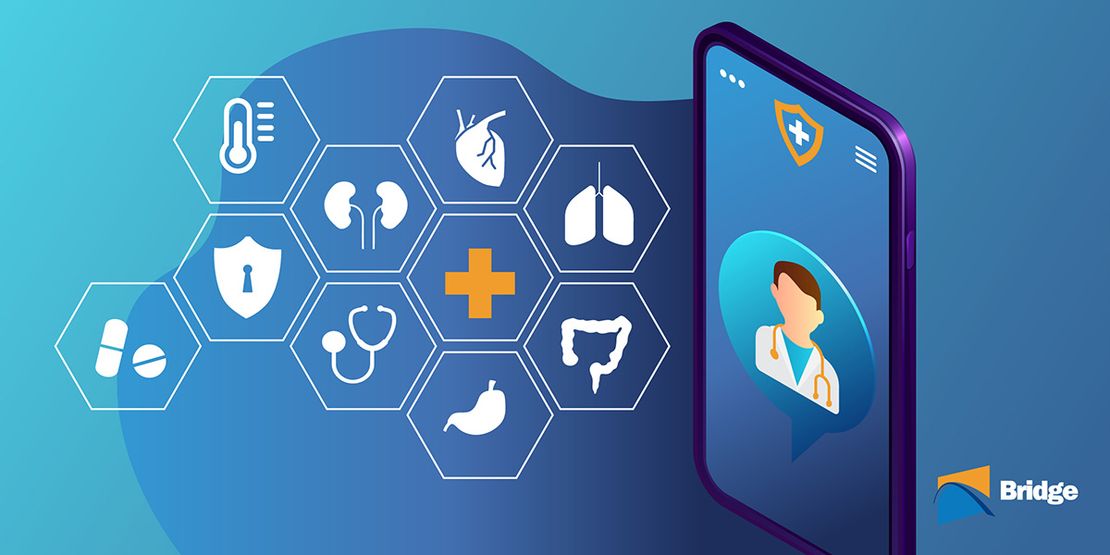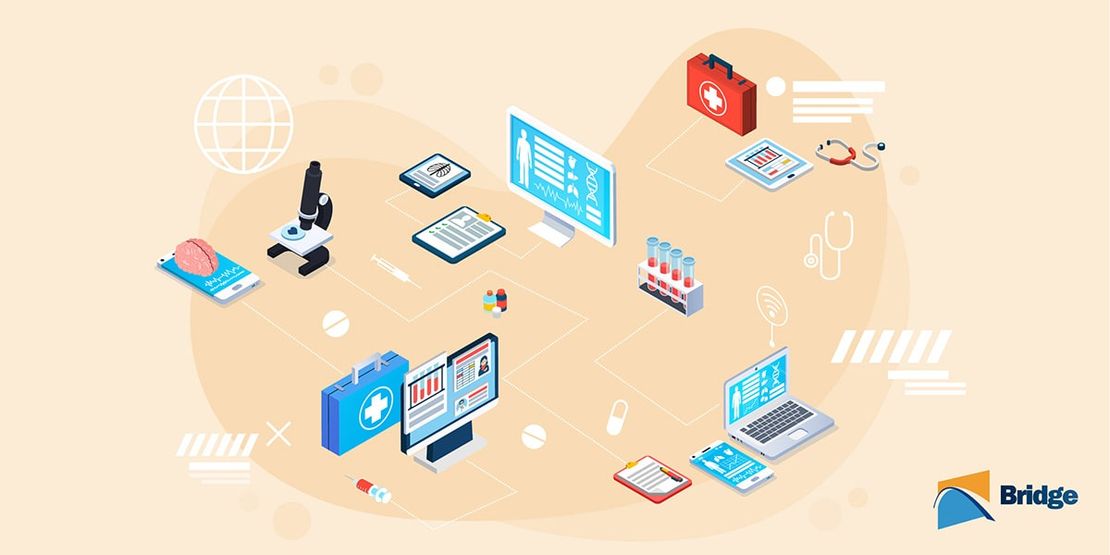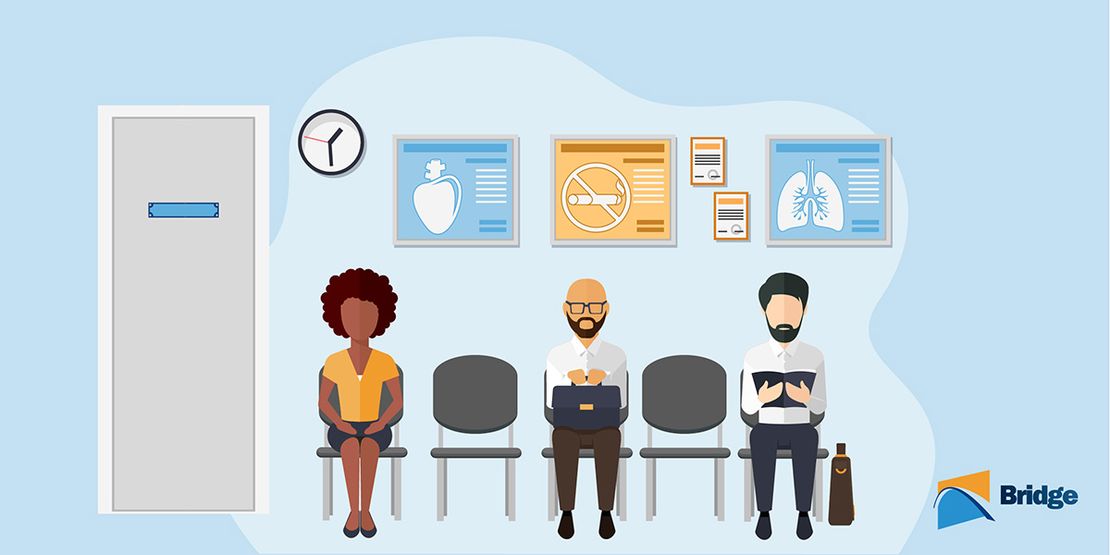- John Deutsch
- November 24, 2021
EMR Patient Portals Are Frustrating Your Patients
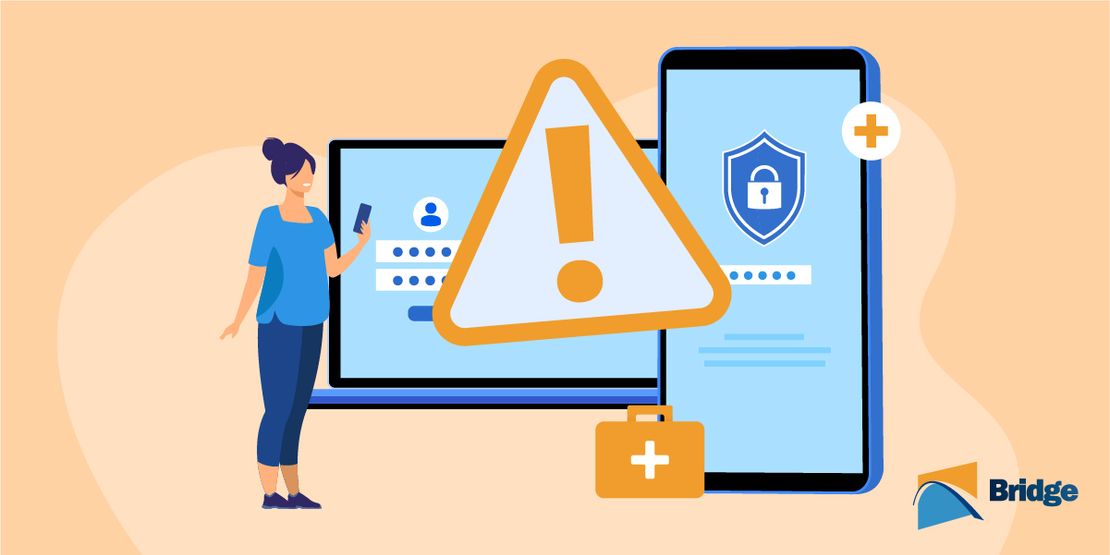
The recent acceleration of virtual care is causing waves across the healthcare industry. In an attempt to keep up with an increased demand for online services for patients, current Electronic Medical Record (EMR) vendors are promoting more and more piecemealed patient engagement solutions to keep up with increasing demands for…Read more

